A protein that has a metal ion cofactor is referred to as a "metalloprotein" in general. This group includes a sizable fraction of all proteins. For instance, although there may be up to 3000 human zinc metalloproteins, at least 1000 human proteins have zinc-binding protein domains. A metal is thought to be present in around half of all proteins. According to another estimate, between 25 and 30 percent of all proteins are thought to need metals in order to function. As a result, metalloproteins serve a variety of purposes in cells, including the storage and movement of proteins, the transportation of enzymes and signalling proteins, and the prevention of infectious illnesses. The prevalence of metal-binding proteins might be a natural consequence of the amino acids that proteins employ, as even synthetic proteins devoid of evolutionary history will readily bind metals. The majority of metals in the human body are linked to proteins. For instance, hemoglobin's iron content accounts for the majority of the body's relatively high iron concentration. Metal ions in metalloproteins are typically coordinated by nitrogen, oxygen, or sulphur centres located in the protein's amino acid residues. The side-chains on the amino acid residues frequently serve as these donor groups. The carboxylate groups that aspartate provides, the thiolate substituents in cysteine residues, and the imidazole substitutes in histidine residues are all particularly significant. Almost all amino acid residues have been demonstrated to bind metal centers, which is not surprising given the diversity of the metalloproteome. Deprotonated amides and amide carbonyl oxygen centres are two additional donor groups that are provided by the peptide backbone.

Stanislaw Dzwigaj
Sorbonne University, France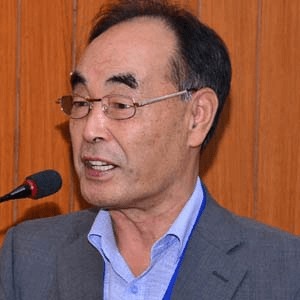
Dai Yeun Jeong
Asia Climate Change Education Center, Korea, Republic of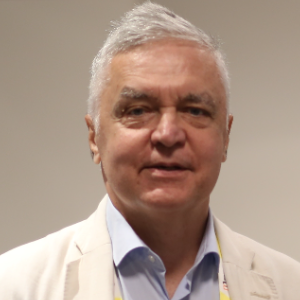
Sergey Suchkov
N.D. Zelinskii Institute for Organic Chemistry of the Russian Academy of Sciences, Russian Federation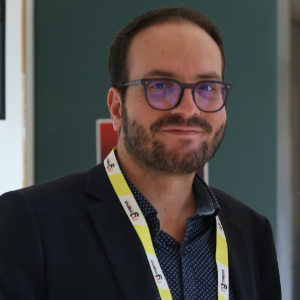
Enrico Paris
CREA-IT & DIAEE, Italy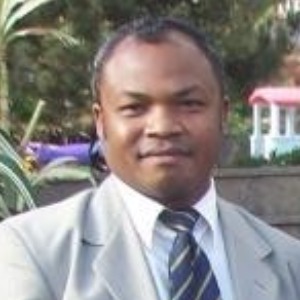
Rabeharitsara Andry Tahina
GPCI-ESPA Antananarivo University, Madagascar
Jiri Dedecek
J Heyrovsky Institute of Physical Chemistry , Czech Republic
Uday Som
Research and Development Engineer, Japan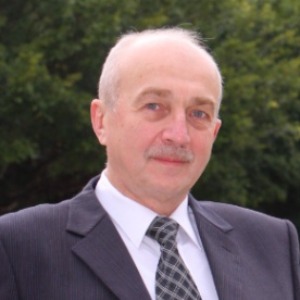
Vladimir G Chigrinov
Hong Kong University of Science and Technology, Russian Federation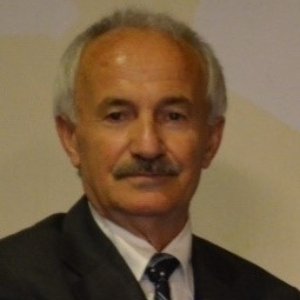



Title : Distant binuclear vanadium V(II) cationic sites in zeolites and their reactivity
Jiri Dedecek, J Heyrovsky Institute of Physical Chemistry , Czech Republic
Title : Advanced nanostructures for carbon neutrality and sustainable H₂ energy
Tokeer Ahmad, Jamia Millia Islamia, India
Title : Personalized and Precision Medicine (PPM) as a unique healthcare model via bi-odesign, bio- and chemical engineering, translational applications, and upgraded business modeling to secure the human healthcare and biosafety
Sergey Suchkov, N.D. Zelinskii Institute for Organic Chemistry of the Russian Academy of Sciences, Russian Federation
Title : Antibody-proteases as a generation of unique biomarkers, biocatalysts, potential targets and translational tools towards nanodesign-driven biochemical engineering and precision medical practice
Sergey Suchkov, N.D. Zelinskii Institute for Organic Chemistry of the Russian Academy of Sciences, Russian Federation
Title : Dimethyl ether synthesis from syngas over Cu-Zn/Al2O3 catalysts prepared using the Sol-Gel method
Uday Som, Research and Development Engineer, Japan
Title : Influence of various catalysts on H₂ enhancement and CO2 capture during syngas upgrading
Enrico Paris, CREA-IT & DIAEE, Italy
Title : Photoaligned azodye nanolayers : New nanotechnology for liquid crystal devices
Vladimir G Chigrinov, Hong Kong University of Science and Technology, Russian Federation
Title : Application of vanadium, tantalum and chromium single-site zeolite catalysts in catalysis
Stanislaw Dzwigaj, Sorbonne University, France
Title : Oxidation of methane to methanol over pairs of transition metal ions stabilized in the zeolite matrices
Jiri Dedecek, J Heyrovsky Institute of Physical Chemistry , Czech Republic
Title : The Concept and Implications of Low Carbon Green Growth
Dai Yeun Jeong, Asia Climate Change Education Center, Korea, Republic of